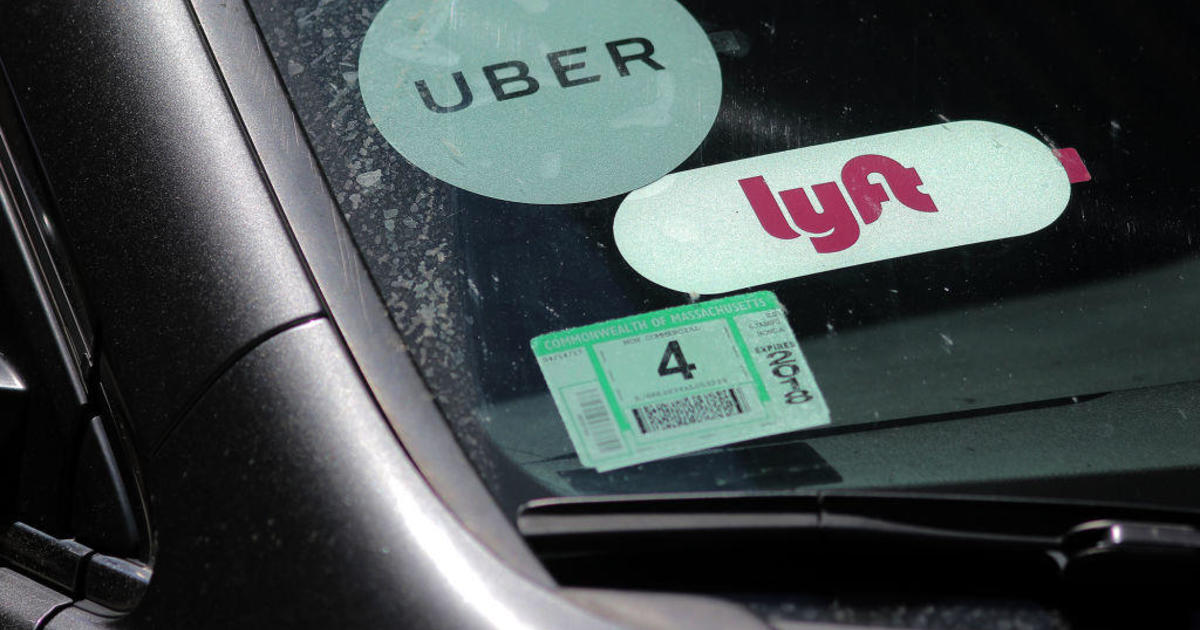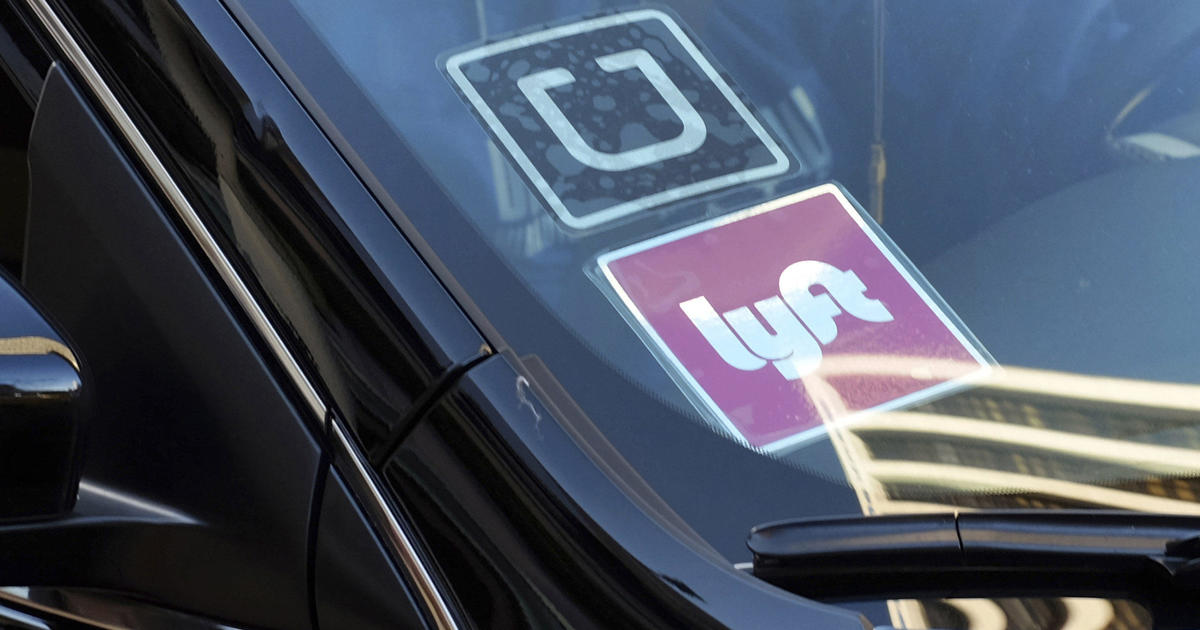Minnesota to launch pilot project studying roadside impairment tests to detecting driving while high
MINNEAPOLIS — Starting next month, select law enforcement officers will begin using two roadside tests to determine if someone is under the influence of drugs while driving.
The Minnesota Office of Traffic Safety is overseeing the pilot project, which was authorized by the state legislature when marijuana for recreational use among adults became legal this summer. There is no widely accepted roadside test to determine if someone is impaired in the same way as a breathalyzer tests for alcohol, and the goal is to evaluate and certify devices for future use.
Minnesota is analyzing two instruments designed to detect THC—the compound in marijuana that produces a high—and other drugs like opioids and methamphetamine in a person's saliva, said Mike Hanson, director of the Office of Traffic Safety.
"We do have a lot of tools available to us now. But what we need to do is expand that toolbox as technology has gotten better," he explained in an interview with WCCO.
Highly trained drug recognition evaluators are essential in determining if there's probable cause to charge someone with a DWI. They are trained in how to spot behaviors and signs of impairment by drugs and conduct these evaluations when drivers are pulled over on suspicion that they are under the influence.
It's these law enforcement specialists who will be equipped with the tests starting late next month—but they can only be used on a voluntary basis and the results are not permissible in court. It is illegal to operate a vehicle while high on cannabis or any other substance; there isn't a legal limit like .08 blood alcohol concentration.
"It's basically just another tool to confirm the officers' observation that there is something on board that is causing the impairment," Hanson said.
Over the next year or so, the office will collect data on how well they work and any trends that emerge, and then compile that information in a report to the state legislature by February 2025. At that time, lawmakers could approve of their use in state law.
The two roadside tests that are part of the project are the SoToxa Oral Fluid Mobile Analyzer and the Drager DrugTest 5000. Hanson said both have been used in other states and were chosen after an extensive RFP process.
Opponents of legalizing marijuana often cite public safety as their top concern. Drugged driving accounted for 15,810 of DWI incidents from 2018-2022, which marks a 96% over the previous five-year period, according to state data.
But that data is not all from cannabis, Hanson said. Methamphetamine, opioids and mixing substances are also problems on the roads.
The new law also earmarked more funding to support training of drug recognition evaluators. But Jim Stuart, executive director of the Minnesota Sheriffs' Association told WCCO this summer that he is worried about taking officers off the street to get certified when recruitment and retention of law enforcement is a challenge.
In a statement Wednesday, he welcomed the pilot project but reiterated his concerns.
"The eventual roll-out of an oral fluid test will be critical to effectively safeguarding our roads and our families who travel on them," Stuart said. "The current limitations on measuring marijuana impairment in drivers creates law enforcement challenges that had been anticipated and forewarned."




